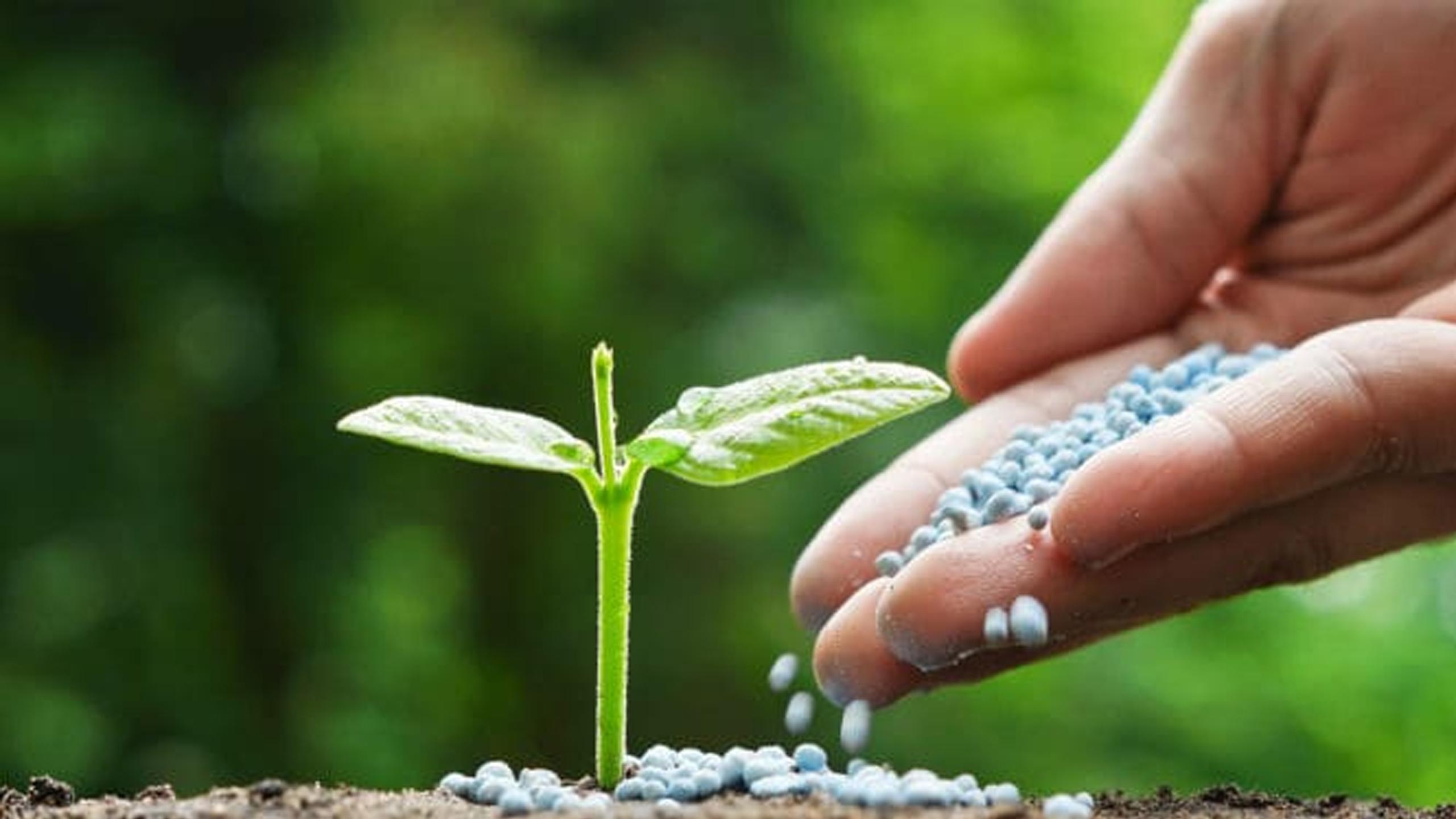Foliar Fertilizers Market Outlook: Regional Trends and Technological Advancements in Fertilizer Formulations

The foliar fertilizers market is experiencing significant growth, driven by regional dynamics and technological innovations that are reshaping agricultural practices worldwide. As of 2024, the market is projected to reach USD 28.59 billion by 2030, growing at a compound annual growth rate (CAGR) of 5.98%.
Regional Trends Influencing Market Dynamics
-
Asia-Pacific: Dominating the global market, Asia-Pacific accounted for 40.2% of foliar fertilizer usage in field crops in 2021. Countries like China and India lead in adoption, driven by the need to address nutrient deficiencies and enhance crop yields. In India, the foliar fertilizer market was valued at USD 2.1 billion in 2022 and is expected to expand at a CAGR of 11.3% from 2023 to 2030.
-
Europe: Europe holds a significant share in the foliar fertilizers market, accounting for 31.4% in 2021. The region's growth is influenced by stringent environmental regulations and a focus on sustainable agriculture. Soil micronutrient deficiencies, particularly in manganese, zinc, and iron, have been a concern for crop quality and yield in several European regions.
-
North America: In North America, the market is driven by advanced agricultural practices and a strong focus on sustainable farming. The United States and Canada are leading adopters of foliar spray technologies, benefiting from extensive research and development in this field.
-
South America: Brazil leads the regional market with its extensive soybean, corn, and sugarcane cultivation, while Argentina demonstrates the fastest growth potential. The region's agricultural sector increasingly adopts foliar fertilizers to address specific nutrient deficiencies and enhance crop yields.
-
Middle East & Africa (MEA): MEA experiences diverse climatic conditions and varying crop types. This region witnesses a trend of using foliar fertilizers for stress management, especially in arid and semi-arid regions. Investment in agricultural infrastructure and technology in the Middle East, combined with the expansion of export-oriented agriculture in Africa, presents growth opportunities for foliar fertilizer usage.
Technological Advancements in Fertilizer Formulations
-
Slow-Release and Controlled-Release Fertilizers: These formulations provide a more sustained nutrient supply and reduce the frequency of applications, supporting more efficient nutrient management.
-
Nano-Fertilizers: The development of nano-fertilizers enhances nutrient absorption through foliar application, improving plant nutrition and sustainability. The use of nano-fertilizers is expected to grow significantly in the coming years due to their efficiency and precision.
-
Chelated Nutrients and Smart-Release Technologies: These innovations improve nutrient absorption and utilization efficiency, reducing nutrient losses through volatilization and leaching.
Conclusion
The foliar fertilizers market is poised for continued growth, driven by regional adoption patterns and technological advancements that enhance nutrient delivery and sustainability. As the agricultural sector continues to evolve, these innovations will play a crucial role in meeting the global food demand while minimizing environmental impact.
- Art
- Causes
- Crafts
- Dance
- Drinks
- Film
- Fitness
- Food
- Games
- Gardening
- Health
- Home
- Literature
- Music
- Networking
- Other
- Party
- Religion
- Shopping
- Sports
- Theater
- Wellness


